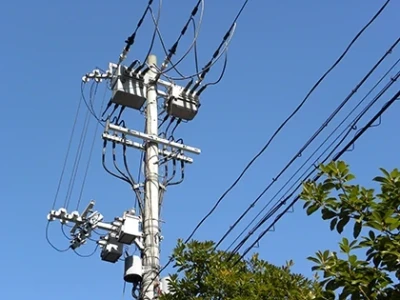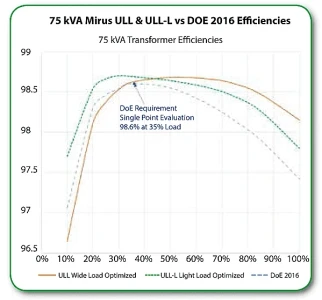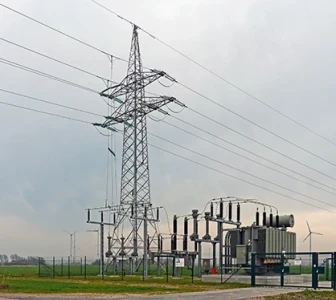Grounding Transformers Explained

By R. W. Hurst, Editor
Grounding transformers are used to provide a path to ground for unbalanced load current and for fault currents on systems where a suitable ground is otherwise not available. Grounding transformers are normally constructed with one of the two configurations: Zig-Zag (Zn) with or without an auxiliary winding or a Wye (Ynd) with a delta connected secondary. The Zig-Zag connection is preferred as it is more cost effective and physically smaller than the Delta-Wye unit. For added safety, neutral ground resistors (NGR) are often used in conjunction with the grounding transformer to limit neutral ground fault current magnitude. The rated voltage of the NGR should be equal to the line to ground voltage of the grounding transformer. The current rating and duration should match the grounding transformer ratings. It is important to set the current rating high enough to be above the cable charging current and grounding transformer magnetizing current.
Optional Features
High fire point liquid : FR3, Silicone or Beta Fluid
Detachable cooling radiators with shut off valves
Galvanized cooling radiators
Substation type design
Tamperproof type design
Primary, secondary and neutral current transformers
Transformer Grounding
The importance of proper grounding for electrical systems in general and electrical transformers in particular cannot be overemphasized. Under normal conditions, an electrical circuit may continue to operate satisfactorily (that is, deliver power to the utilization equipment) even without proper grounding. It is not until an abnormal condition has occurred and after either someone has been injured, equipment has been damaged, or a fire has been started, that it is realized that improper or faulty grounding was the reason. Electrical systems are grounded to:
Ensure that, at all times, the noncurrent-carrying metallic parts of an electrical system are kept at zero potential of the earth. This is done to prevent people who come in contact with them from receiving an electric shock
To limit voltages to ground. Unintentional line surges, lightning strikes, or contact with higher voltage lines may result in voltage being placed on the electrical system that could damage or destroy electrical components and equipment.
Read full article in the Electrical Power Transformers T&D Technologies Special Edition 2023








